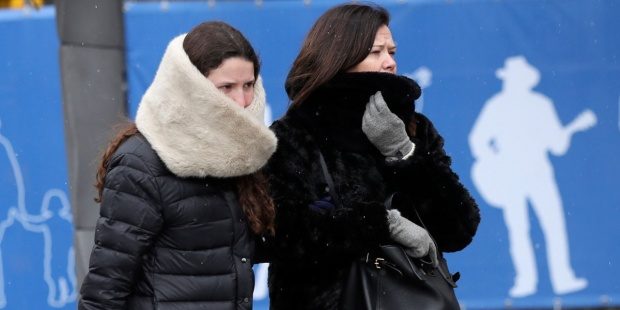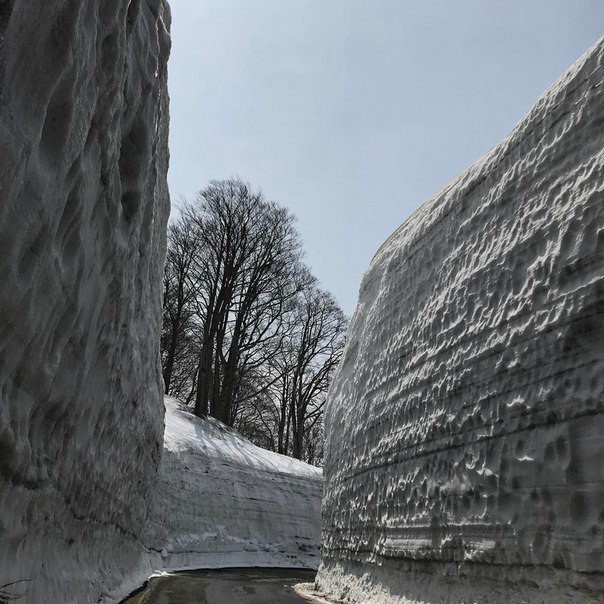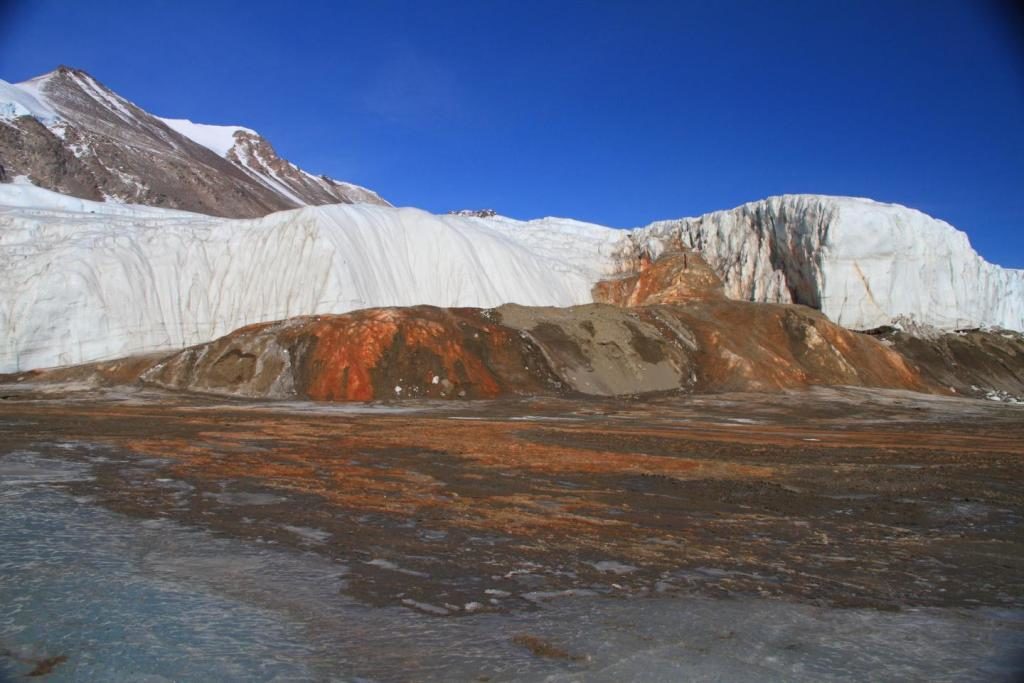
© EFE/Chema Moya
An "extraordinary"
collapse in temperatures, up to 15 degrees C in northern areas.
25 Apr 2017 - Galicia will be this cold and, during the next 48 hours in the province of Lugo, the low will vary between 0 and 3 degrees.
At night, Vitoria and almost all the provinces of Castilla y León will range from 2 below zero to 2 degrees.
On Thursday night there will be frosts in the northern highlands. Leon will fall to 4 degrees below zero.
The cold will cause significant snowfall in the north, especially in the Cantabrian mountain range and the Pyrenees, and will occasionally affect flat northern areas above 600 / 1,000 meters on Wednesday and Thursday.
Yellow alert: In Asturias there is yellow alert for snow in the Cantabrian mountain range and the Picos de Europa at 900 meters, which is expected to fall to 600 meters tomorrow.
From tomorrow, the snow will affect Huesca, Barcelona, Girona, Lérida and Asturias. On Thursday the snow will remain in Teruel, Barcelona, Gerona and Lleida. Efeverde
Thanks to Argiis Diamantis for this link


Comment: Interesting 'Spring' around the world:
13 cm of snowfall as late-season storm hits Regina, Saskatchewan
April showers? Southern Manitoba hit with snowfall instead
Hard freeze kills 95 to 100 percent of France's Alsace vineyard buds
Turkey greenhouses collapse due to snowfall
Snow across Wales as Arctic winds sweep across the country